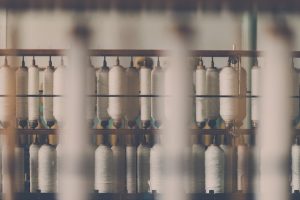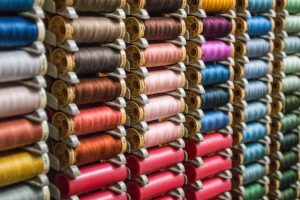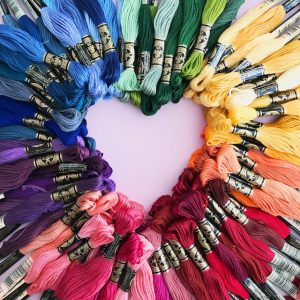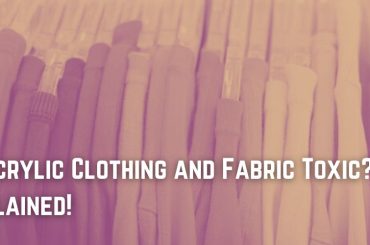The process of mercerizing can be done on almost any type of fiber: Wood pulp (this is the most common), organic cotton, or certain man-made fibers such as polyester or viscose rayon. Mercerization basically consists of saturating the cellulosic material with caustic soda lye.
Mercerized cotton is a fabric with a glossy surface, which is created by dipping the threads of raw cotton fabric in hot water and then passing them through heated rollers.
Mercerization begins with unbleached or dyed cotton yarns, which are milled into what we call mercerized cotton fabrics for apparel.
The beauty of these fabrics lies partly in their ability to stand time — making them great for clothing that’s worn regularly. They’re also harder than regular cotton, so they hold their shape better and don’t fade as quickly; this makes them excellent choices for bedding and table linens.
Mercerization produces a tougher fabric that is more resistant to stains and to deterioration from ultraviolet rays, making it perfect for craft projects like quilting.
Also, because mercerized cotton has greater elasticity than regular cotton, it’s easier to care for and more comfortable to wear. It’s also thicker and more durable than regular cotton, so it’s perfect for those who are looking for an all-around better textile!

The process is usually done in boiling water, which is then replaced several times during the day to make sure the chemical has saturated all of the material being treated. After about 12 hours, the process is over and caustic soda lye is removed from the fabric.
Mercerization increases a cotton fiber’s affinity to dyes. This means that you need much less dye to fully color mercerized cotton than untreated or lightly bleached cotton — which results in an increase in colorfastness and resistance to fading; this makes it perfect for home decor projects like slipcovers or upholstery.
Mercerized cotton is a great choice for Clothing: Shirts, blouses, work clothes (for those who do physically demanding jobs). Bedding: Sheets, comforters, pillowcases, duvet covers. Quilting fabrics Home decor projects such as tablecloths, napkins and other household textiles.
As you can see, mercerized cotton is great for just about anything!
Table Of Contents
What is the difference between mercerized cotton and regular cotton?
Mercerizing improves your cotton’s strength, durability, colorfastness, and uster (shine). When dyed, mercerized cotton colors are more brilliant than the colors of untreated or lightly bleached cotton.

Can you mercerize polyester?
No.
Is mercerized cotton 100% cotton?
Mercerized cotton is 100% cotton.

Is mercerized cotton safe?
Yes. Mercerized cotton is safer than regular cotton because it has a much thicker, stiffer fiber which helps prevent the absorption of dirt and stains.

I am the founder of In The Fashion Jungle, A site that aims to bring the latest trends and fashion news to our readers. I have extensive experience in the fashion industry, having worked in fashion manufacturing, production, and quality control for many years.
My passion for fashion began at a young age, and I pursued a degree in fashion design to further hone my skills. After graduation, I worked with several well-known fashion brands, where I gained valuable experience in all aspects of fashion production.
Over the years, I have developed a keen eye for fashion trends and have a deep understanding of the manufacturing process. This has allowed me to successfully launch my own fashion site, where I can share my knowledge and expertise with others who are passionate about fashion.
Through my site, I hope to inspire others to express themselves through fashion, whether it be through clothing, jewelry, or accessories. I believe that fashion is a form of self-expression and that everyone should have the opportunity to feel confident and stylish.
Thank you for taking the time to learn more about me and my passion for fashion. I look forward to sharing my insights with you through my site.

